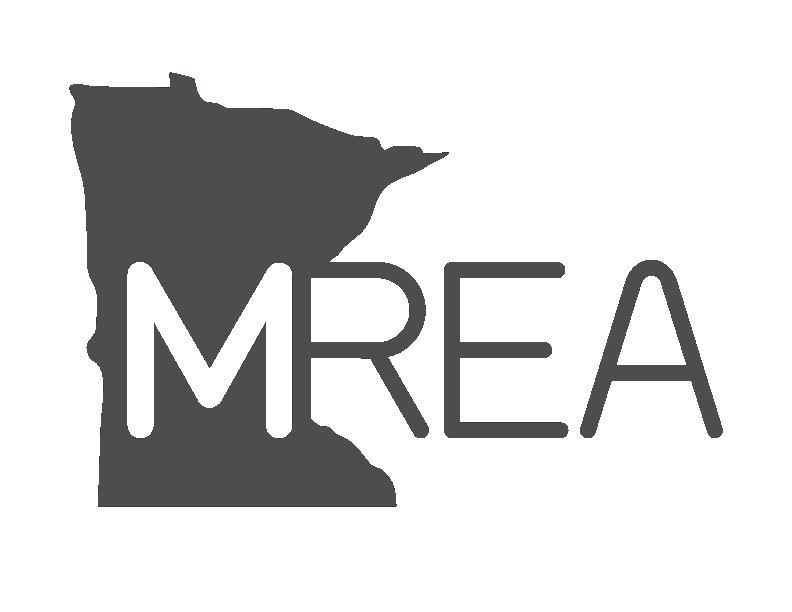Electrification is a central principle among energy stakeholders, but requires advance collaboration and investment
As the only sector exceeding decarbonization goals, the electric industry is leading the clean energy transition. To continue this momentum, Minnesota legislators, utilities and consumer technology leaders strategized future electrification opportunities for Minnesotans at “Electrify Minnesota!” hosted by the Beneficial Electrification League (BEL) and the Minnesota Rural Electric Association (MREA) on April 27 at The Humphrey School of Public Affairs.
“As beneficial electrification – the application of electricity to end-use applications traditionally powered by fossil fuels – matures, we are continually finding ways to better people’s lives while bringing benefits to the wider community by strengthening the grid and reducing emissions” says Keith Dennis, BEL president. “Implementation requires coordination and planning, which is what makes this statewide meeting so valuable.”
Minnesota is a recognized leader in energy efficiency and electric co-ops have successful, long-standing demand response programs, which help reduce energy use and save consumers money. Decades of reducing load under the Conservation Improvement Program (CIP) can now be transformed under the Energy Conservation and Optimization (ECO) Act, resulting in net increases in electricity use while reducing total energy and carbon emissions.
“We are a state driven by what we have right here, a lot of brainpower,” says Minnesota Senator David Senjem. “We are going towards a clean energy future, there is no question about it. Why can’t Minnesota be first?”
Increases in renewable energy sources, infrastructure funding and consumer awareness are creating electrification opportunities. Minnesota expects to receive $7.3 billion in federal funding from the bipartisan Infrastructure Investment and Jobs Act, some of which can be used for beneficial electrification projects like electric vehicle (EV) charging.
“I am a firm believer in the power of beneficial electrification,” says U.S. Senator Tina Smith. “The most important thing we can do is move toward a clean energy future as quickly as we can.”
EV fast chargers and electric school buses are two critical areas of emphasis for Minnesota’s rural electric cooperatives, and MREA is facilitating participation for cooperatives interested in these funding opportunities.
Growing EV Charging Infrastructure
As part of Minnesota’s rural electric cooperatives’ proactive strategy to implement a statewide EV charging network, cooperative leaders are advocating with legislators and the Walz Administration to distribute funding to rural Minnesota for infrastructure costs necessary for EV adoption, as well as simplifying demand response maintenance to support the inevitable increase in electrification. The Minnesota Department of Transportation is planning for the $68 million in federal funding designated for EV fast chargers over the next five years. Up to 80% of the costs for deploying fast chargers can be paid for through the federal grant under the state plan.
“This is new territory,” says Darrick Moe, MREA president & CEO. “We must be agile to respond to changing consumer expectations, the arc of EV adoption, member needs and market changes.”
MREA continues to collaborate with the state’s cooperatives on a unified home charging program that provides Level 2 Chargers and off-peak charging rebates, to help avoid increasing peak capacity requirements.
Encouraging Electric School Buses
MREA is also collaborating with BEL to deploy electric school buses. An additional $5 billion is being distributed by the federal Environmental Protection Agency (EPA) under the infrastructure bill to help school districts purchase low- or zero-emission buses, with at least half targeted specifically at all-electric buses.
BEL and MREA encourage the EPA to adopt a program allowing for 100% of the costs of a first bus and related electrical infrastructure to be covered by a grant to each school district. Districts will soon be able to apply for rebates. Some of these buses include Vehicle-to-Grid charging technology, providing the potential of not only managing the timing of charging, but also using them as a tool to support grid management.
“There is a lot of funding available for electrification, and utilities want to play a role in leveraging funds to benefit electric cooperative member-owners,” says Rodney De Fouw, member electrification strategist at Great River Energy, a wholesale electric power cooperative serving 28 distribution cooperatives in the state. “The window of opportunity is open, and planning needs to start immediately.”
###
ABOUT THE MINNESOTA RURAL ELECTRIC ASSOCIATION
The Minnesota Rural Electric Association (MREA) is a nonprofit trade association serving Minnesota’s electric cooperatives. MREA provides legislative and regulatory representation, director and employee education programs, technical training for electric cooperative line workers and serves as the focal point for cooperation among cooperatives. Minnesota’s 44 distribution cooperatives serve about 1.7 million Minnesotans in all 87 counties and operate the largest distribution network in the state with more than 135,000 miles of electric lines.
ABOUT THE BENEFICIAL ELECTRIFICATION LEAGUE
The BEL is a not-for-profit organization dedicated to increasing understanding on the benefits of electrification through education and serving as a clearinghouse and facilitator.
FOR MORE INFORMATION CONTACT:
Krista Benjamin, krista@mrea.org, 763-424-7235
